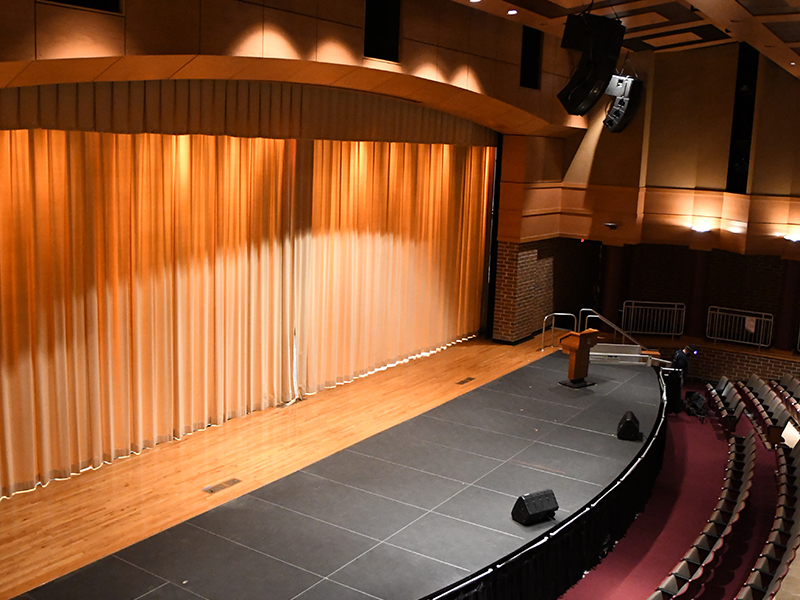Highlighting the Influence of Lighting Circumstances on Motion Identification Precision and Reliability
Highlighting the Influence of Lighting Circumstances on Motion Identification Precision and Reliability
Blog Article
Illumination environments play a crucial role in how well we can detect motion. Motion detection is a key aspect of various technologies, including surveillance cameras, automatic lighting systems, and even some video games. Understanding how different lighting environments affect our ability to detect motion can assist enhance the development and effectiveness of these systems. For example, poor lighting might result in overlooked motions or false alerts, while ideal illumination can boost the precision of motion detection technologies.
In bright illumination environments, motion detection is typically more reliable. When there is sufficient light, sensors and cameras can obtain sharper images, which assists in identifying dynamic elements. Well-lit environments allow for better distinction between the dynamic element and the surroundings. This contrast is crucial for both human viewers and mechanical systems, as it facilitates it simpler to differentiate between stationary and dynamic objects in a scene. Therefore, ensuring that spaces are well-lit can greatly enhance the performance of movement detection systems.
Conversely, dim conditions can present challenges for movement detection. In dim settings, shadows can hide moving objects, useful link which makes them difficult to detect. Additionally, the eye faces challenges to detect movement in low light, which can result in misinterpretation of the situation in the environment. Cameras may also encounter difficulties, as many do not function well in low light without the use of infrared technology or alternative enhancements. These limitations highlight the importance of sufficient lighting in environments where movement detection is critical.
Additionally, different types of illumination see this site can have varying effects on movement detection. For instance, fluorescent lights can flicker, which can confuse motion detection technologies that rely on steady illumination input. On the contrary, daylight provides a steady source of lighting that enhances visibility. Understanding these variations in lighting types can guide users in selecting the most suitable lighting for specific uses, especially in surveillance and surveillance scenarios.
In summary, the relationship between illumination environments and movement detection precision is significant. By making sure that environments are suitably illuminated, we can enhance the reliability of movement detection technologies. This knowledge not only supports technological applications but also enhances security and security in various settings. As more developments are made in movement detection systems, taking into account illumination environments will continue to be a crucial consideration in optimizing performance and ensuring that these systems work effectively in different environments.